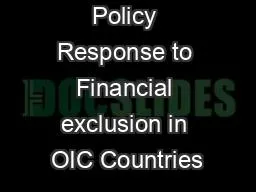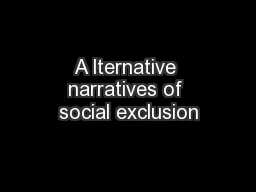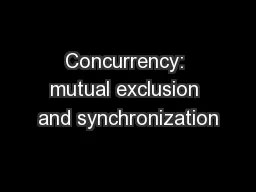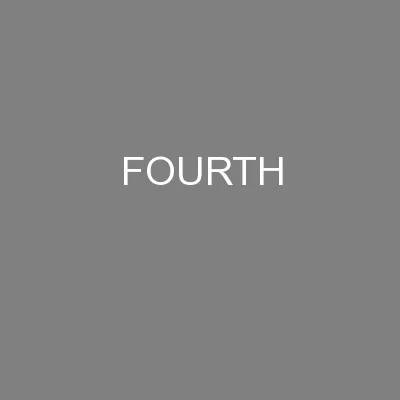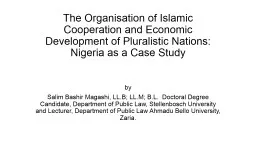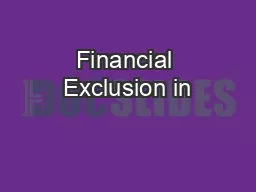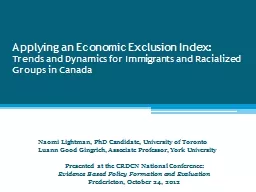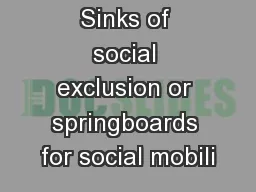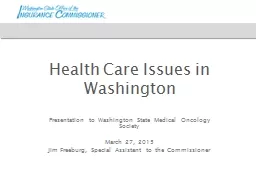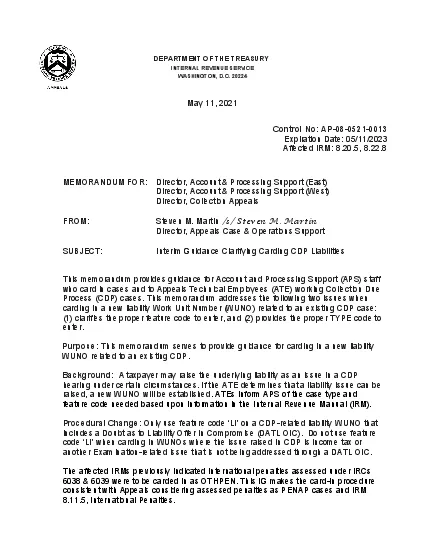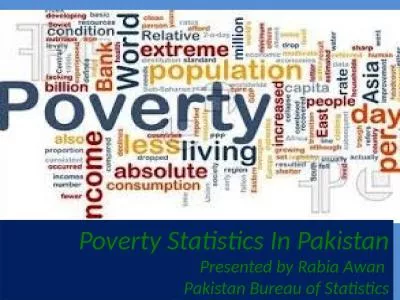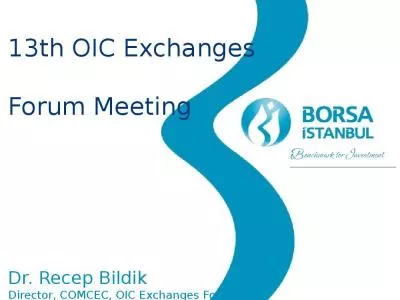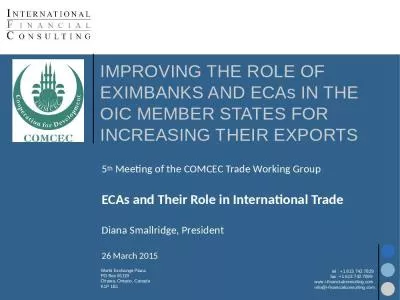PPT-Policy Response to Financial exclusion in OIC Countries
Author : hirook | Published Date : 2020-08-03
Zamir Iqbal PhD The World Bank Global Center for Islamic Finance Development ADFIMI Seminar June 23 Jeddah Financial Systems Global Practice Financial and Private
Presentation Embed Code
Download Presentation
Download Presentation The PPT/PDF document "Policy Response to Financial exclusion i..." is the property of its rightful owner. Permission is granted to download and print the materials on this website for personal, non-commercial use only, and to display it on your personal computer provided you do not modify the materials and that you retain all copyright notices contained in the materials. By downloading content from our website, you accept the terms of this agreement.
Policy Response to Financial exclusion in OIC Countries: Transcript
Download Rules Of Document
"Policy Response to Financial exclusion in OIC Countries"The content belongs to its owner. You may download and print it for personal use, without modification, and keep all copyright notices. By downloading, you agree to these terms.
Related Documents

